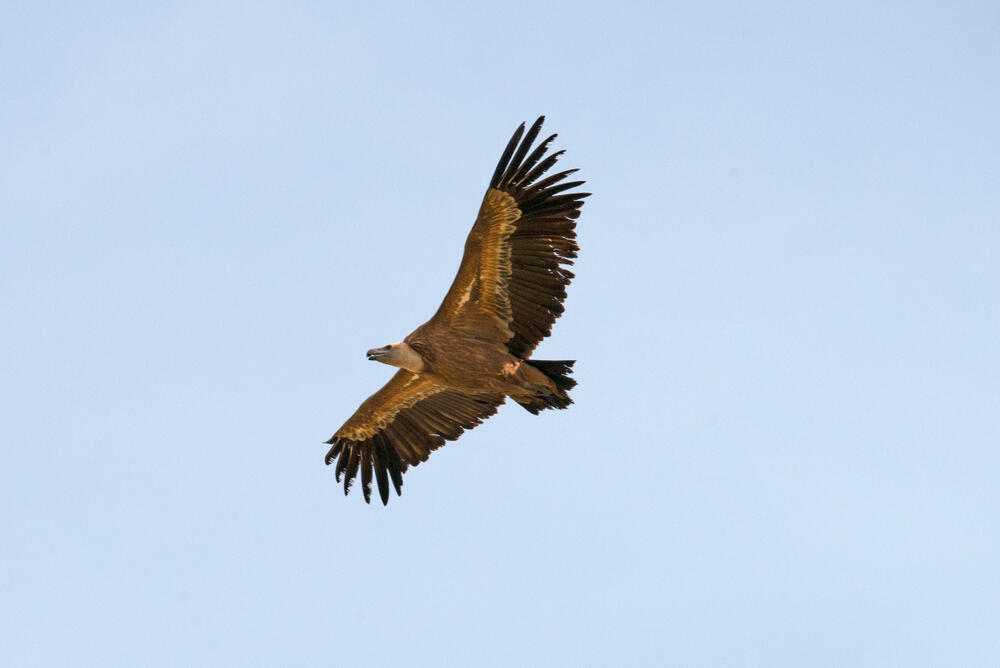The vulture population in India, once estimated at around 50 million birds, plummeted by over 99% to near extinction within two decades due to widespread use of the painkiller diclofenac in cattle, which proved fatal to vultures consuming carcasses of treated livestock.
This decimation of vultures led to a sanitation crisis, with an increase in feral dog populations, higher incidences of rabies, and an estimated 100,000 to 500,000 additional human deaths annually between 2000 and 2005, according to a new study. The economic damage was estimated at over $69 billion per year, as farmers disposed of dead livestock in waterways, spreading diseases and contaminating water sources.
Despite a ban on veterinary use of diclofenac in 2006, vulture populations continued to experience long-term declines of 91-98%, facing threats such as habitat loss, feral dog competition, and other veterinary drugs.
Conservation efforts, including captive breeding, release programs, and regulating environmental toxins, are essential to restore vulture numbers, protect public health, and maintain biodiversity, albeit at a high cost.
Vulture populations in Nepal have increased due to effective bans on toxic drugs, while those in Africa have declined due to poisoned carcasses. Populations in North America are generally stable except for California condors, highlighting the global threats vultures face from hunting, poisoning, and human infrastructure.
This article was written in collaboration with Generative AI news company Alchemiq
Sources: NYTimes, CBC, Yahoo News, Clarín, CBS News, Indian Express, Economic Times, Welt, La Repubblica, Zeit, Zougla, DNA India, Le Temps, Ekolist, 2oceansvibe, G4Media, Česká televize, VnExpress, Aktuálně.cz.


